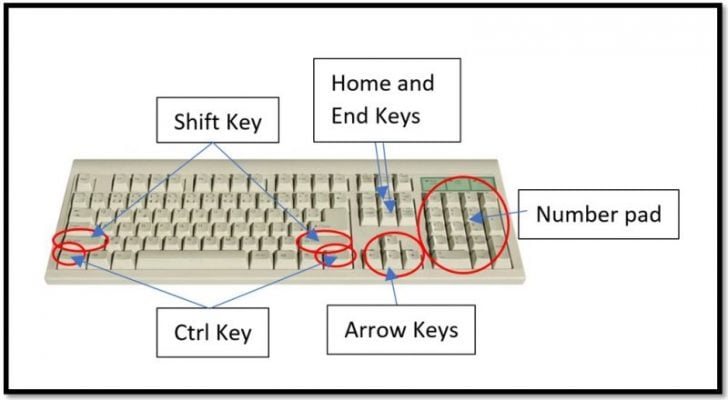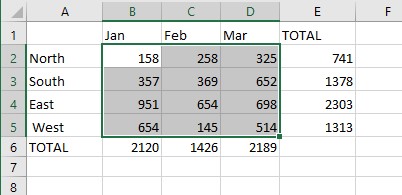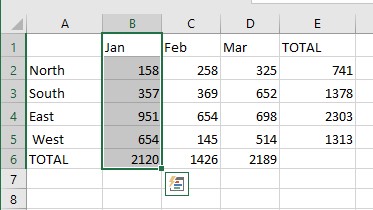Some of you may still remember the time, when we used computers, we had to do everything with just the keyboard. Yes, there were no pretty icons to select to do something for us. Or just click on something in a complex dialog box with a multitude of selections. We had to know special key strokes to access an area or just to simply save. Those days are not gone by the way.
I taught a completely blind lady not so long ago, with the aid of a specialised software that spoke to her. It told her what was in the window at the time she was activating it. She had to learn how to move her cursor with words through all the different selections to be able to select the item she required. For those of you who know how to effectively create a mail merge to send out a letter to a large list of people you would know it is a complicated procedure and one that takes a bit of learning and then executing. Well she managed to learn all the steps and complete several mail merges within half a day using use voice commands. It put me to shame that I rely so very heavily on my sight to do anything.
It is a very good idea to be able to use the keyboard to do certain things. It is sometimes a lot quicker than using the mouse. Also you give your mouse finger a bit of a rest and therefore potentially you might not get repetitive strain injury (RSI).
In Excel, as in the other application in MSOffice, you can select cells using the keyboard rather than the mouse.
Here is a basic spreadsheet.
If you wish to select the area B2:D5 so that you can fill the background with a colour for example. Using the mouse could be troublesome. Some mouses don’t work well and flick over more cells than required or retract as you let go of the mouse button. If the area is much larger than the screen then you could get into the realms of going massively over the area required then sliding back and forth until you finally get what you want. Very frustrating.
To move around you can use the arrow keys between the Querty keyboard and the number pad on an extended keyboard. You have up, down, left and right arrows. Don’t be confused with the number pad arrow and movement keys they only work when the num Lock key is off.
- If you want to select using these keys you need to combine it with the SHIFT key. Hold the shift key down for as long as you are selecting. Use the arrow keys to go in the direction you need then let go of the shift key ad your area is selected. Unlike with the mouse if you change your mind if the area is still highlighted you can resume selecting or retracting using the keys. Very useful.
If you have a large block of data you wish to navigate, you can use the arrow keys in combination with the END Key.
Start at the top of a column of data.
- Press the END Key once.
Notice in the bottom left corner of the Excel window you have ‘End Mode’ displayed.
- Press the down arrow key once and you will move straight down to the last entry in that column of data.
If you combine this with the SHIFT key then you will have selected from the top to the bottom of the data in that block.
- To get back to selecting the cell A1 press the CTRL Key and hold it down.
- Then press the HOME key.
- To get to the end of the spreadsheet as it were. (The bottom right corner) Hold down the CTRL key and press the END key. This will take you to the furthest column used in your spreadsheet and the lowest row.
So now don’t use the mouse for everything. You have far more control sometimes when you use the keyboard. It’s less frustrating too.






























